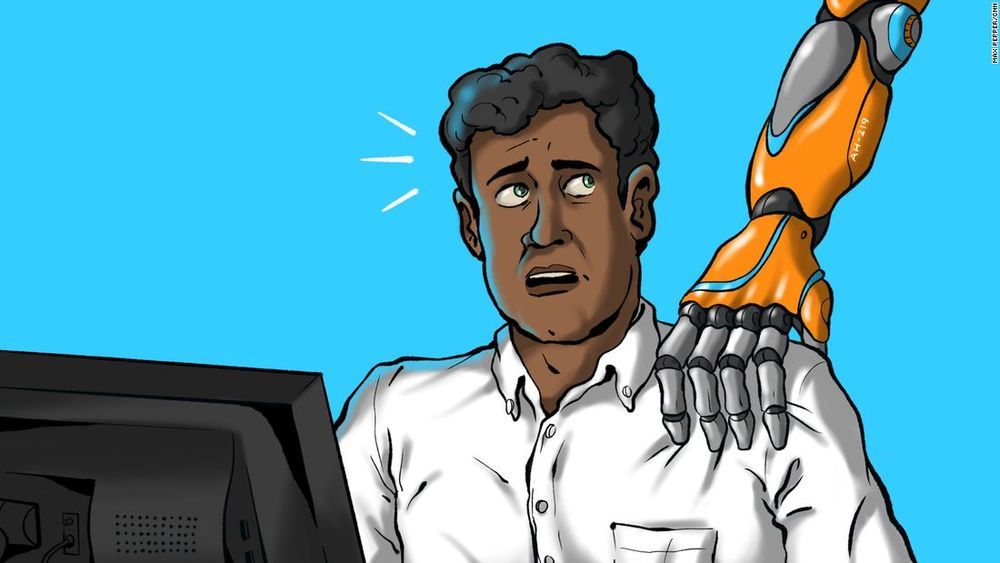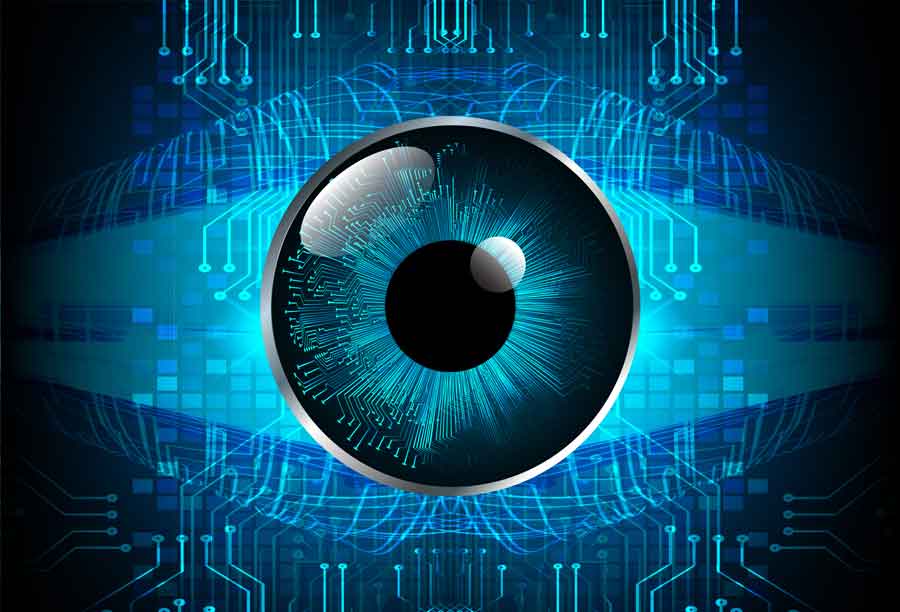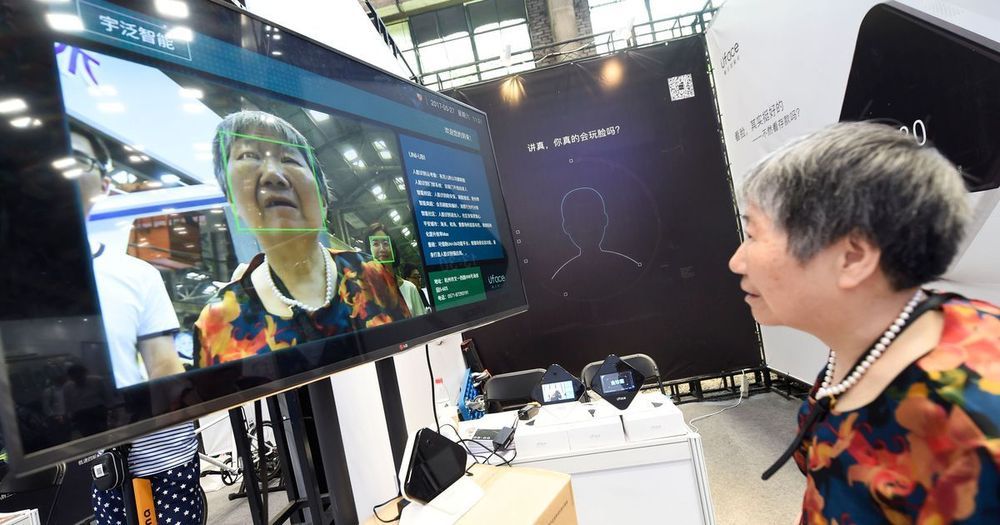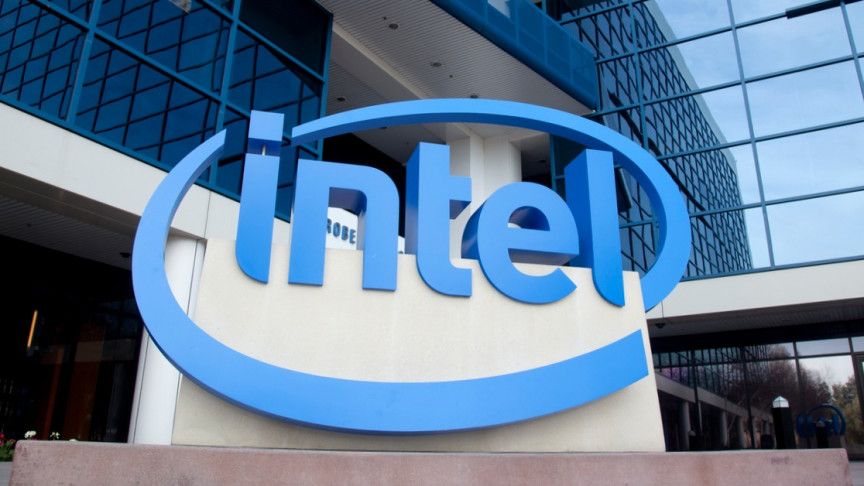Music as we know it may be on its way out, with bands and artists making way for personalized playlists and tunes generated by artificial intelligence for each individual listener.
AI killed the radio star.


Almost everyone who has thought seriously about this has said that more automation is likely to lead to more inequality.
The robots. They’re coming for your jobs. All of you.
Long the prediction of futurists and philosophers, the lived reality of technology replacing human work has been a constant feature since the cotton gin, the assembly line and, more recently, the computer.
What is very much up for debate in the imaginations of economists and Hollywood producers is whether the future will look like “The Terminator,” with self-aware Schwarzenegger bots on the hunt, or “The Jetsons,” with obedient robo-maids leaving us humans very little work and plenty of time for leisure and family. The most chilling future in film may be that in Disney’s “Wall-E,” where people are all too fat to stand, too busy staring at screens to talk to each other and too distracted to realize that the machines have taken over.

A Russian Soyuz spacecraft carrying a humanoid robot failed to dock with the International Space Station (ISS) on Saturday morning, Russian state news agencies reported.
The Soyuz MS-14 crew ship launched from the Baikonur Cosmodrome in Kazakhstan on August 21 with the Skybot F-850, a life-sized artificially intelligent humanoid robot, on the commander’s seat.
Given the issues, emerged during the docking of the #SoyuzMS14 spacecraft with the ISS, the state commission chaired by Roscosmos Director General Dmitry Rogozin will held a meeting to consider the situation and discuss the measures to overcome the fault in the docking system. pic.twitter.com/turpSi08Rf
It’s a lunar lander named ‘Peregrine’, developed by the space robotics company to deliver payloads to the Moon for various companies, governments, universities, non-profits, and individuals for $1.2 million per kilogram. Astrobotic was selected by NASA in May 2019 for a $79.5 million contract to deliver up to 14 payloads to the Moon in 2021, under the agency’s Commercial Lunar Payload Services (CLPS) program.
To date, Astrobotic has signed 16 customers for lunar delivery on that first mission, totaling 28 payloads from 8 nations and comprising resource development, scientific investigation, technology demonstration, exploration, marketing, arts, and entertainment. The vehicle has already passed an industry-standard Preliminary Design Review, and the program will build and test a Structural Test Model, followed by a Critical Design Review, later this year.
Launch is currently slated for June 2021, with a planned landing a month later in Lacus Mortis, a large crater on the near side of the Moo n with payloads such as instruments to conduct new lunar science, pinpoint lander position, measure the lunar radiation environment, assess how lander and astronaut activity affects the Moon, and assist with navigation precision, among other capabilities.

Circa 2017
In a recent article for Skeptic, Michael Shermer (the magazine’s founding publisher) put forth an argument for “why AI is not an existential threat,” where “AI” stands for “artificial intelligence” and an “existential threat” is anything that could cause human extinction or the irreversible decline of civilization.

The Moon is a hot destination right now — especially for NASA, which wants to send people back to the lunar surface, but also for the private space industry. The most ambitious private lunar exploits are still many years off, but already, three companies claim they’ll be putting small robotic landers on the Moon in the next two years, amping up a small space race.
So far, no private entity has landed something successfully on the Moon. Only three government superpowers — the United States, China, and Russia — have ever been able to gently touch down vehicles on the lunar surface, and the Indian government may become the fourth in September. An Israeli nonprofit, SpaceIL, attempted to land the first private spacecraft on the Moon in April, but an early engine shutdown caused the vehicle to crash into the lunar surface instead. That means the door is still open for one of these three companies to make the first private lunar landing.

The first-ever artificial intelligence simulation of the universe seems to work like the real thing — and is almost as mysterious.
Researchers reported the new simulation June 24 in the journal Proceedings of the National Academy of Sciences. The goal was to create a virtual version of the cosmos in order to simulate different conditions for the universe’s beginning, but the scientists also hope to study their own simulation to understand why it works so well.
“It’s like teaching image-recognition software with lots of pictures of cats and dogs, but then it’s able to recognize elephants,” study co-author Shirley Ho, a theoretical astrophysicist at the Center for Computational Astrophysics in New York City, said in a statement. “Nobody knows how it does this, and it’s a great mystery to be solved.” [Far-Out Discoveries About the Universe’s Beginnings].

This sounds a little like Minority Report to us. China is looking into predictive analytics to help authorities stop suspects before a crime is committed.
According to a report from the Financial Times, authorities are tapping on facial recognition tech, and combining that with predictive intelligence to notify police of potential criminals, based on their behaviour patterns.
Guangzhou-headquartered Cloud Walk has been trialing its facial recognition system that tracks a person’s movements. Based on where someone goes, and when, it hands them a rating of how at risk they are of committing a crime.

UNICEF is looking for startups applying #datascience, #machinelearning, #blockchain or #XR to prepare young people for the jobs of tomorrow.
The UNICEF Innovation Fund is looking to make up to 100K equity-free investments to provide early stage (seed) finance to for-profit technology start-ups that have the potential to benefit humanity.
If you’ve got a start-up using machine learning (ML), artificial intelligence (AI), blockchain or extended reality, registered in one of UNICEF’s programme countries, and have a working, open source prototype (or you are willing to make it open-source) showing promising results, the UNICEF Innovation Fund is looking for you.

In a bid to accelerate training and inferences taken from artificial intelligence (AI) models, Intel has unveiled its two new processors. These two chips are part of its Nervana Neural Network Processor (NNP) selection.
The AI-focused chips will be called Spring Crest and Spring Hill, as they were disclosed on Tuesday at the Hot Chips Conference, held in Palo Alto, California.
The Hot Chips Conference is an annual tech symposium held annually in August.